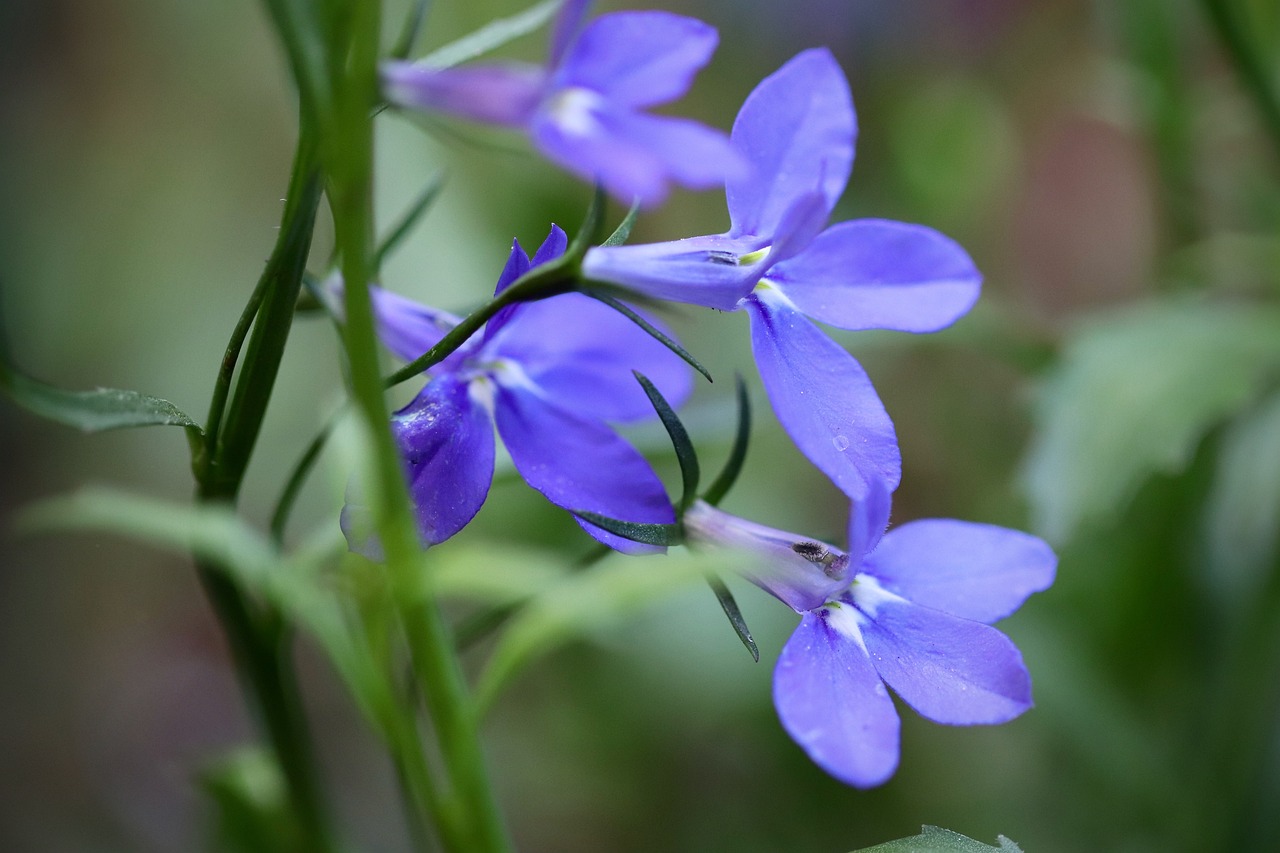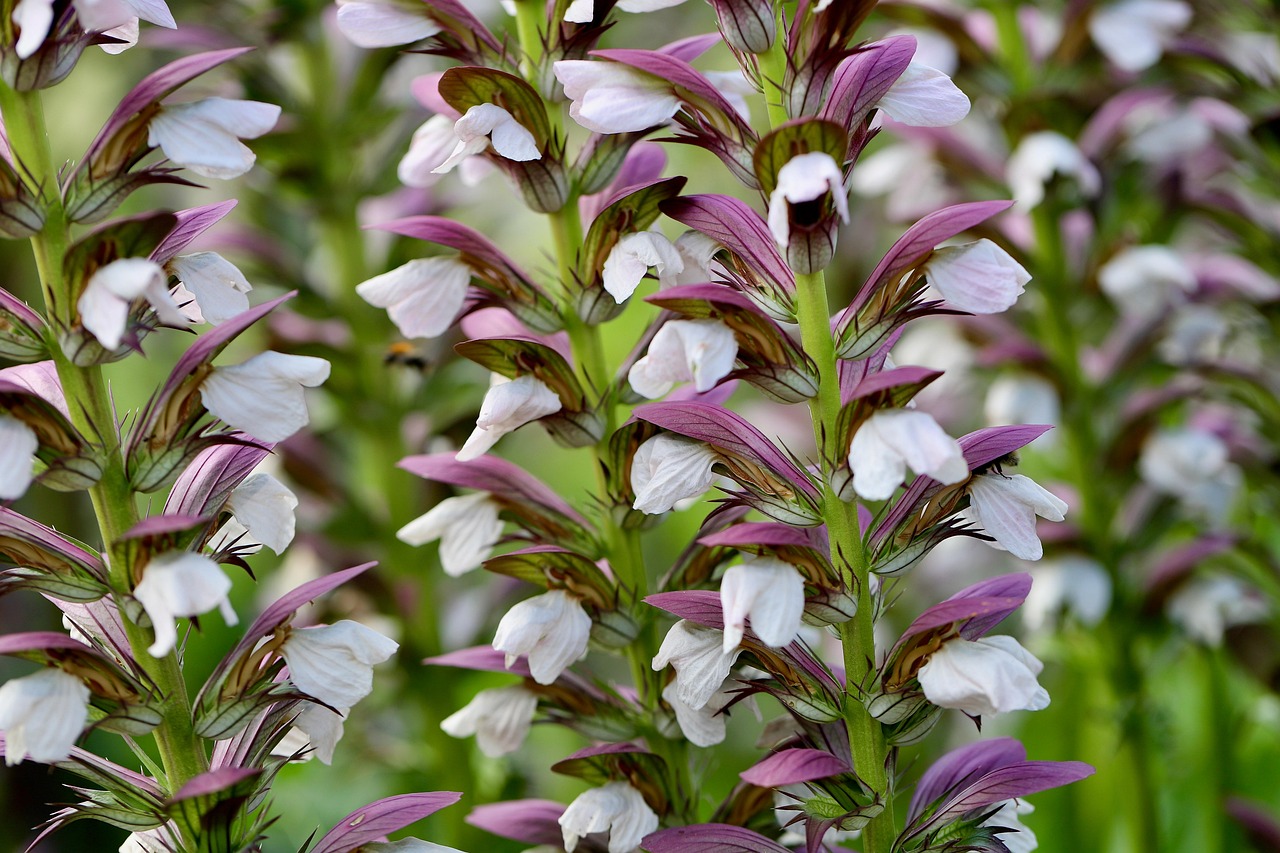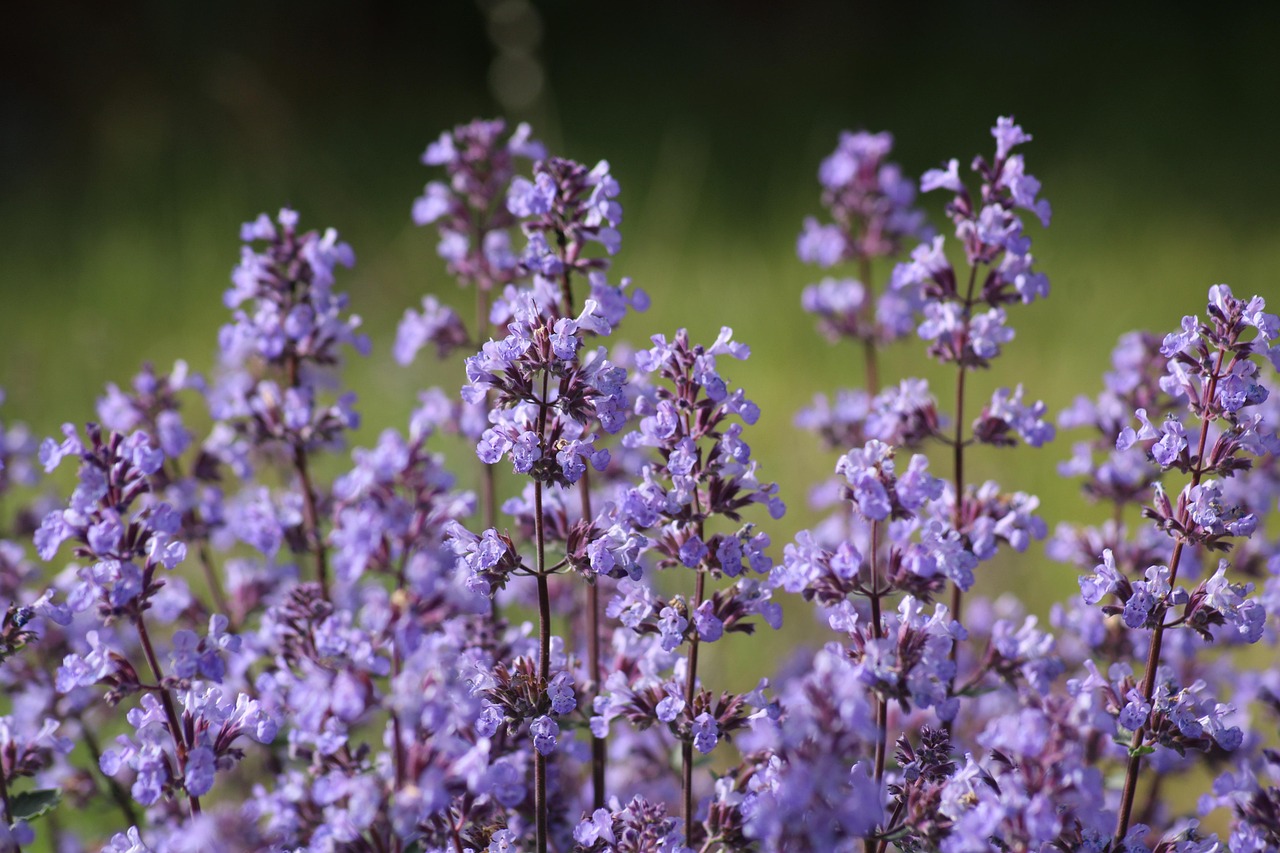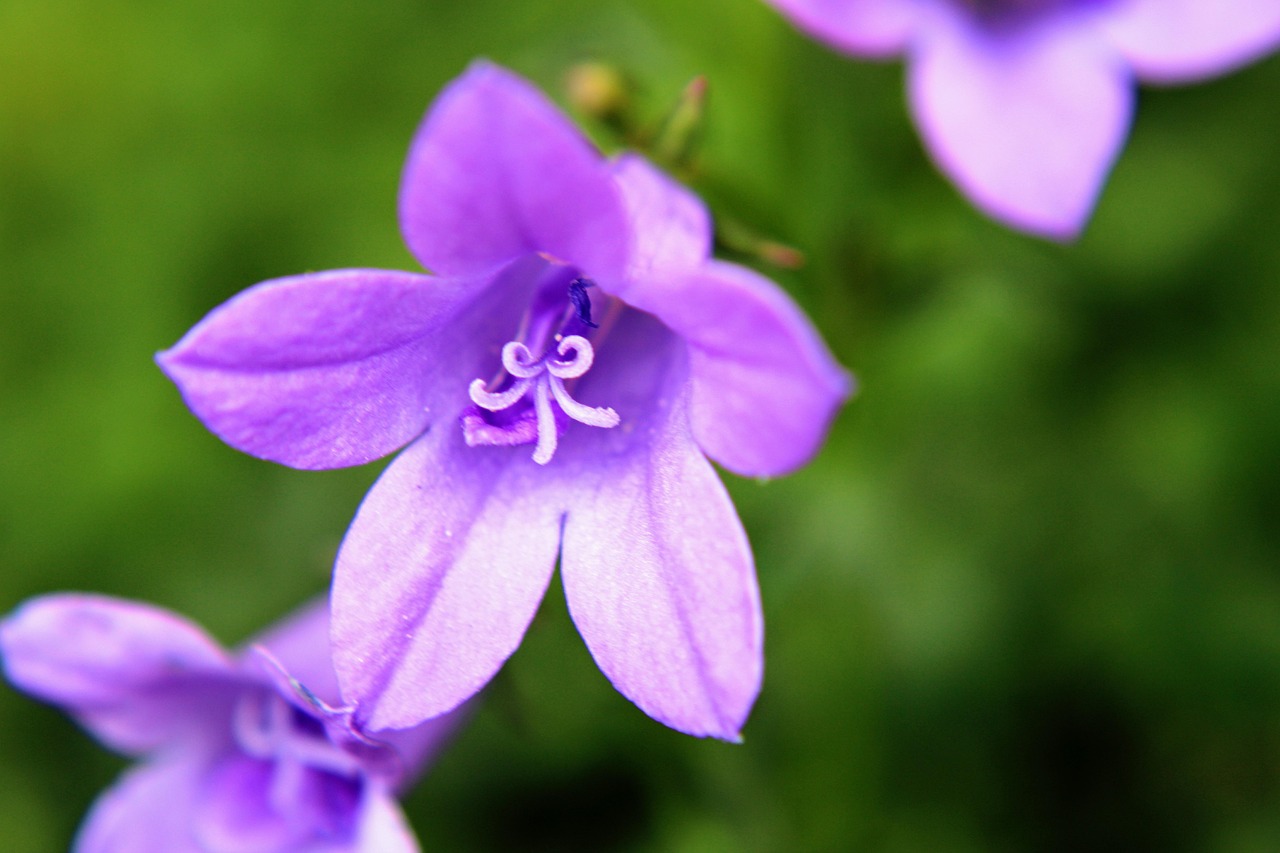Hepatica (Mitsumiso) | A Harbinger of Spring Emerging with the Melting Snow
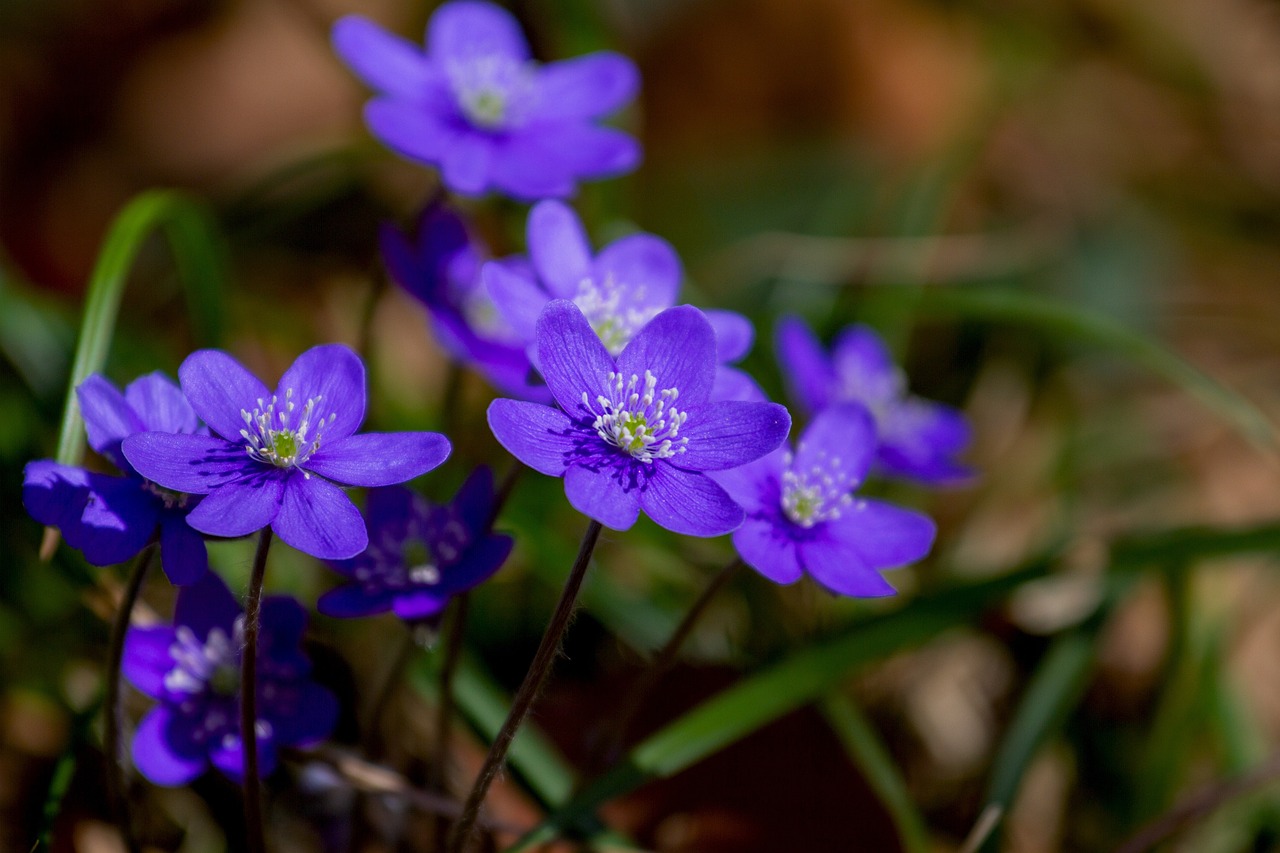
Hepatica, commonly known in Japan as Mitsumiso, is cherished across the country as a delicate flower that blooms in early spring.
Its quiet blossoming at the time of snowmelt has long been regarded as a symbol of the arrival of spring, offering comfort and inspiration to many people.
In this article, I will introduce the basic characteristics of Hepatica, explore its cultural and historical background in different regions, and share tips for cultivating it in the garden.
Basic Information
- Scientific name: Hepatica nobilis
- Family: Ranunculaceae
- Origin: Temperate regions of the Northern Hemisphere (Japan, Europe, North America)
- Appearance: Hepatica is characterized by its three-lobed leaves and small star-shaped flowers. The blossoms vary in color—white, pink, bluish purple—and sometimes a single plant produces flowers of different shades. Growing only 10–15 cm tall, it forms a charming carpet close to the ground.
- Blooming season: March to April, coinciding with the melting of snow.
Cultural Significance Worldwide

In Japan, Hepatica is also called “Yukiwarisō” (snow-breaking flower). Its ability to bloom in harsh snowy environments has made it a symbol of resilience and beauty.
Along the Sea of Japan coast, particularly in Niigata Prefecture, there are many renowned spots where people gather in early spring to enjoy the sight of these flowers. For nature lovers, encountering Hepatica in the mountains after the snow melts is a deeply meaningful sign of spring’s arrival.
In Europe, the flower is also known as “Liverleaf”, long appreciated as a woodland flower. In some regions, conservation efforts have been implemented to protect wild Hepatica.
In North America, it grows in forests and wetlands as one of the earliest spring blossoms, admired by many gardeners.
Historical Background
In ancient Europe, Hepatica was believed to be protected by forest fairies and was closely associated with nature worship and folklore.
During the Middle Ages, its elegant flowers came to symbolize mystical powers and the renewal of spring.
In Northern Europe, Hepatica was considered a flower that brought hope by announcing the arrival of spring.
In Japan, it appears in Edo-period writings as “Yukiwarisō.” Its ability to bloom after enduring harsh winters made it a symbol of spiritual strength and perseverance. Over time, it gained popularity as a wildflower, leading to selective breeding and its establishment as a beloved ornamental plant.
Gardening Advice

Hepatica grows best in semi-shaded to shaded areas. Since it prefers moisture, the soil should not be allowed to dry out completely.
Water moderately when the soil becomes dry, but avoid overwatering. The soil should be fertile, well-drained, and enriched with leaf mold. For potted plants, place pumice or stones at the bottom to ensure proper drainage and prevent root rot.
Hepatica is highly cold-resistant and can overwinter outdoors, but providing a layer of fallen leaves to shield it from frost is recommended.
Before flowering in spring, applying a small amount of slow-release fertilizer encourages more beautiful blooms. Repotting every 2–3 years helps maintain healthy growth.
Conclusion
Hepatica, with its delicate blossoms thriving in harsh conditions, is a captivating herald of spring. It continues to be loved across Japan and is celebrated as part of the natural scenery.
Since it is relatively easy to grow, even for beginners, I encourage you to plant Hepatica in your garden or pots and enjoy the joy it brings with the arrival of spring.

